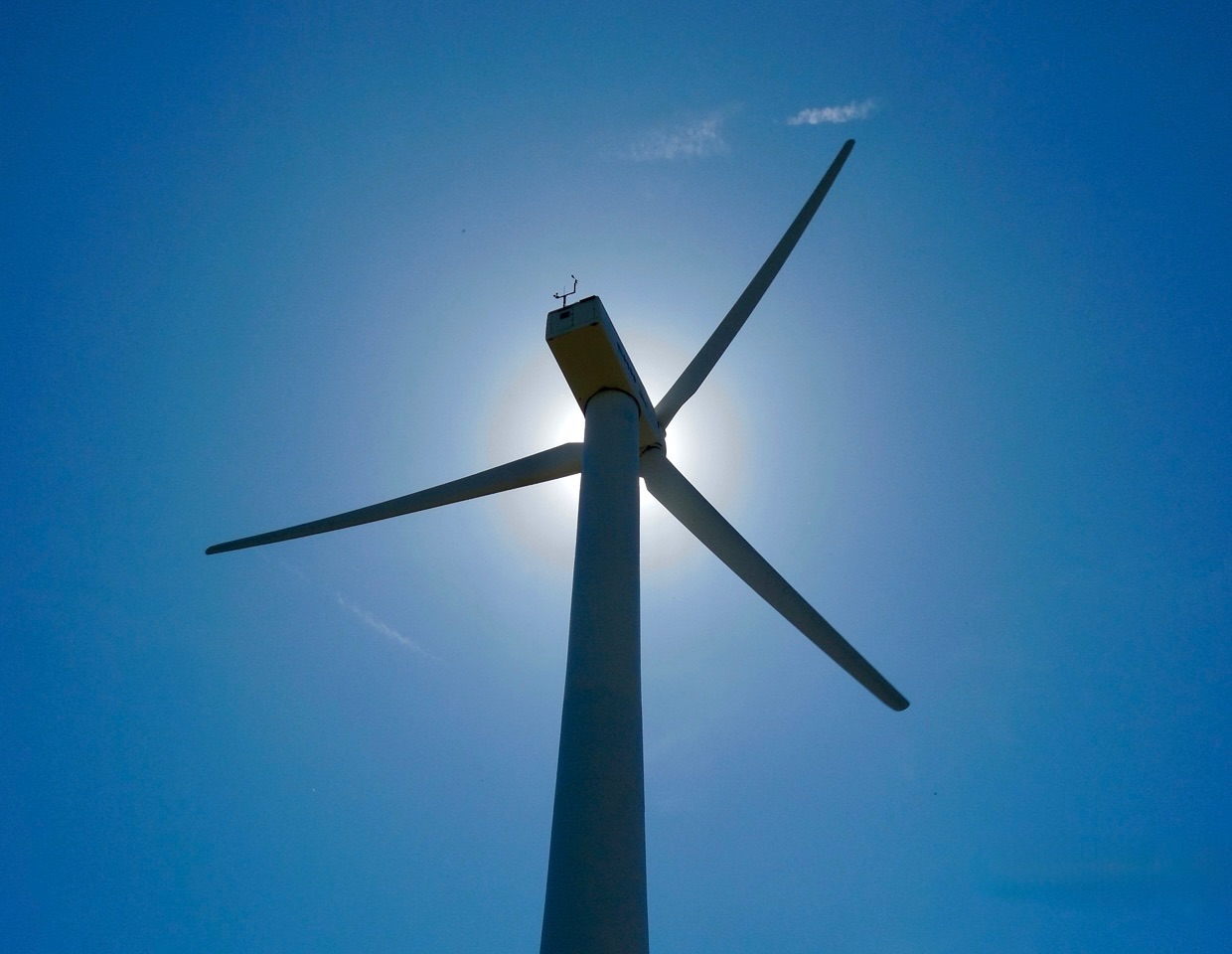
Recently, Christine and I were travelling across Kansas on Interstate Highway 70. It is a mind-numbing drive that once had a recently arrived German exchange student remarking to me, “So, when does this Kansas end?”
Along the way I became aware of the forest of towering electric wind generators extending to the horizon in all directions.

A rare sight just a decade or two ago, now they extend for miles, slowly turning to the prevailing winds. I say “slowly”, but that is an illusion. The three blades on each turbine were spinning about 15 revolutions per minute. Given that these land-based towers are typically 260 feet high, and the blades 130 feet in length (for a total sweeping diameter of 260 feet), the blade tips are moving at approximately 140 miles per hour (224 kph)!

There was a time that these were a focus of the “culture wars” in the United States. Like so many “dog whistles” issues, media attention moves on and the susceptible population turns its attention elsewhere, forgetting the indignation that was once so directed. We are species with short attention spans.
Each tower generates approximately 1.5 megawatts, enough to power 150 average American homes. While the cost of fossil fuel generated electricity has remained constant, wind (and solar) generated electricity is now not only less expensive but becoming cheaper year-after-year as the economics and efficiencies of scale have their effect.
20 years ago, wind towers were a relatively rare sight in the United States. In 2000 they generated only 2.5 GW (gigawatts) of power. By 2020 US generation capacity grew to 113.4 GW and is projected to nearly double to 224 GW by 2030. Wind power eclipsed nuclear power for the first time in 2021, and coal powered generation in 2022. Coal generated power has declined 18% from 2023 to 2025 and is projected to continue this downward trend. It’s just a predictable function of economics.
At the beginning of the 20th Century automobiles were a curiosity with many believing that they could never replace the reliable horse and buggy. “They don’t start in the winter… Muddy roads are impassible to them… There are no places to buy fuel… They break down and are difficult to maintain… They are expensive…” All true in the earliest days of the automobile, but change was inevitable, just as it is in the marketplace of electric power generation.
Peace Everyone. Pete. Kansas City. February 26. 2025.
PS. The information obtained for this post came in part from US Government sources. A couple of additional interesting “tidbits”: Each wind generator has an average life expectancy of 20 years. The towers cause fewer avian deaths than fossil fuel fired powerplants, taking pollution into account.









































